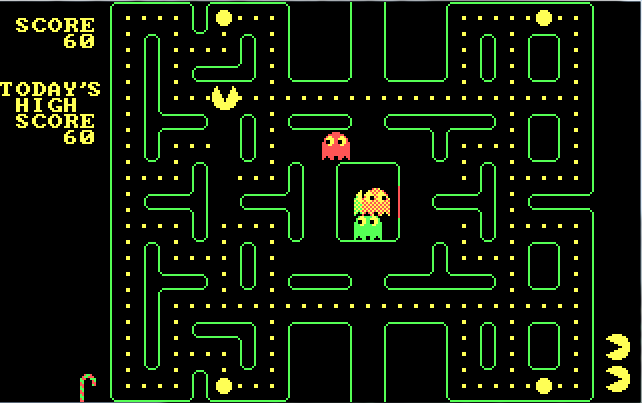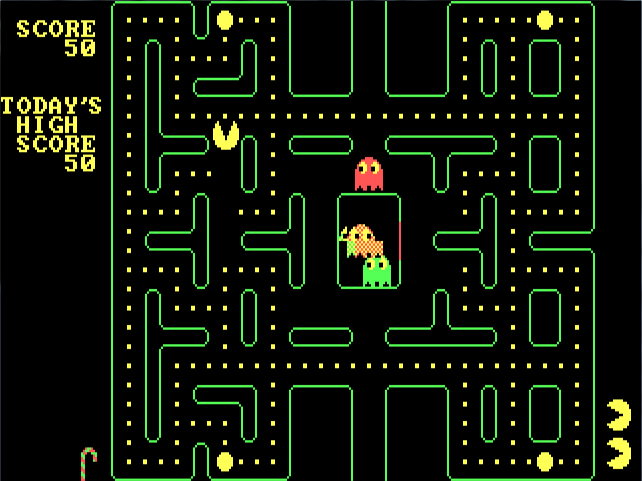First post, by hydr0x
I've finally tried out the video capture feature but ran into problems. I have a widescreen monitor (laptop) and all the videos come out in widescreen resolution. I want them to be in their original aspect ratio though.
I tried setting force aspect ratio ("aspect") to true which does help with the actual gameplay. This is now in 4:3 as intended. The video capture still comes out in a wider resolution though, no matter what. Both in fullscreen mode as well as windowed mode.
I also tried disabling the scaler, and setting the resoluton to a fixed size (1024x768). Any ideas what could fix this? I can't believe no one else had these problems before 🙁
thanks 😀

